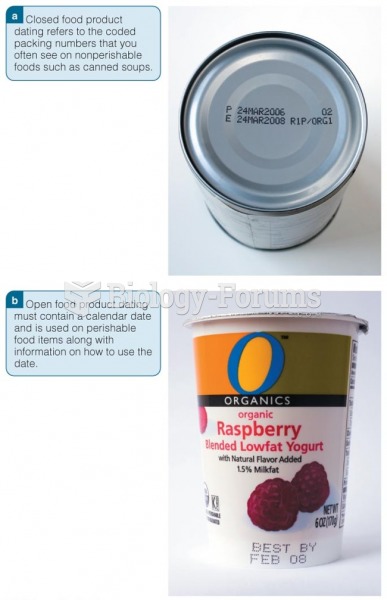Answer to Question 1
False
Answer to Question 2
The Mexican and Central American hot-cold system of diet and health is believed to have derived from the Arab system of humoral medicine brought to Mexico by the Spanish, combined with the native Indian worldview. The Mexican hotcold theory is based on the concept that the world's resources are limited and must remain in balance. People must stay in harmony with the environment. Hot has the connotation of strength; cold, of weakness. When the theory is applied to foods, items can be classified according to proximity to the sun, method of preparation, or how the food is thought to affect the body. Meals balanced between hot and cold foods are considered to be health promoting. Unbalanced meals may cause illness. Thus a typical comida in a rural village would consist of rice (hot), soup (made with hot and cold ingredients), and beans (cold). Although the hotcold classification of foods does vary, items generally considered hot are alcohol, aromatic beverages, beef, chiles, corn husks, oils, onions, pork, radishes, and tamales. Cold foods include citrus fruits, dairy products, most fresh vegetables, goat, and tropical fruits. Some foods, such as beans, corn products, rice products, sugary foods, and wheat products, can be classified as either hot or cold depending on how they are prepared.
Illnesses are also believed to be hot or cold and are usually treated with a diet rich in foods of the opposite classification. Examples of hot conditions include pregnancy, hypertension, diabetes, indigestion, susto, bilis,
and
mal de ojo.
In particular, many Mexican women increase their intake of cooling fruits, such as melons, mangoes, and bananas, and avoid hot, spicy foods and chiles during pregnancy. Some also believe that very cold foods, including cucumbers, tomatoes, and watermelon, can create a sudden imbalance. Examples of cold conditions are pneumonia, colic, and empacho. Sour foods are thought
by some to thin the blood and are avoided by menstruating women because they are thought to increase blood flow; acidic foods may also be avoided because they are said to cause menstrual cramps (menstruation is considered a hot condition by some, and a cold condition by others).







